State of use of AI tax systems
Publicly-available sources indicate that the Italian Revenue Agency began to use AI later than its Western Europe counterparts, with few mentions of AI prior to 2019.
Yet, since 2021, the Italian Revenue Agency exhibits a steady development of its technological capabilities, deploying a number of machine-learning models, at times with financial and technical support of the EU.
What functions are performed with AI?
According to OECD reports, the Italian Revenue Agency leverages machine-learning to perform at least two functions:
- Risk-detection: the Italian Revenue Agency makes use of VeRa, an algorithm that detect non-compliance signals and risks by comparing tax filings, earnings, property records, bank account and electronic payment to detect mismatches and outliers. Reportedly, the system is primarily used in the area of VAT, and prevented several billion euros in VAT fraud by identifying 1 million high-risk cases in 2022.
- External risk-management (risk-scoring): the system attributes a score to taxpayers, based on historical data, to devise treatment strategies and pre-select high-risk cases for audit.
What data is processed by these systems?
The data processed by these systems is not specified by the Italian Revenue Agency.
Are these systems regulated by specific norms?
The use of these tools is also not regulated by specific ad hoc legal norms.
The Law of 9 August 2023 (n°111) provides for general competences to the Italian Revenue Agency to use artificial intelligence to detect and prevent tax non-compliance.


